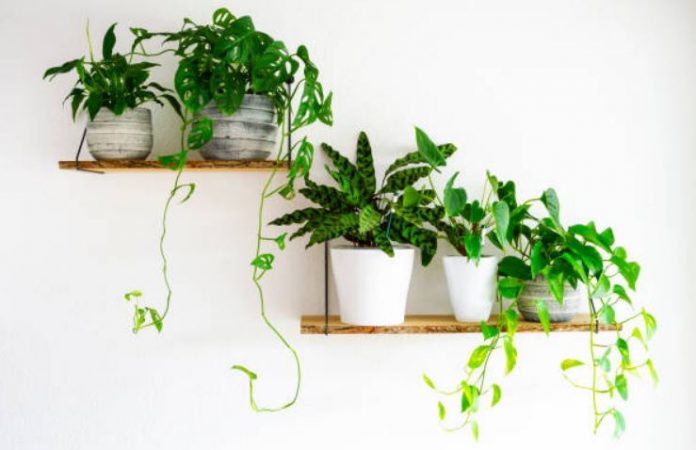Houseplants add a refreshing charm to interior décor. In the dead of winter when there is not much greenery around, they remind us that spring will come again. Even in the warmer months, they will make a welcome splash of color throughout the house.
While not suitable for permanent indoor living, some plants can come inside for a short time if they are then taken back outside to a greenhouse or some spot that suits their needs, to recover.
One of these is the Croton. You will find a great variety of colors and leaf-form in these attractive plants.
Some might be green with wide yellow stripes; the foliage of others can be a rose, red, copper, and bronze.
The leaves may be smooth, twisted, broad or narrow, so there is something to suit all indoor color schemes.
Similar in needs is the Aphendandra, also known as the Zebra Plant because it has a striped pattern on the glossy green leaves. Its sprays of yellow flowers are not as attractive as the leaves, for which the plant is valued.
Both need a light position and a minimum winter temperature of 55 F degrees (13C). They need to be fed a weak solution of liquid fertilizer in the summer months and should be kept moist at all times. Most indoor plants dislike drafts or temperatures that fluctuate widely.
Bromeliads can be grown as indoor plants. They don’t like sunlight and are mostly epiphytic drawing their nutrients from the air and water.
Those that grow in a rosette shape with a central cup need to have this filled with water regularly.
In many bromeliads this central cup or vase is the striding part, being colored a deep rose-red or carmine.
Others have either stiff or pendulous spikes of flowers that are very showy. Pot them into rather small pots, as their rooting system is not significant.
A fibrous potting mix such as is used for orchids will suit them and they may benefit from fortnightly applications of half-strength liquid fertilizer.
Marantas are an especially attractive houseplant with velvety green leaves that have a deep red veining pattern.
They like warm humid conditions and must be kept out of direct sunlight. 13 degrees centigrade is their preferred minimum temperature. Maranta leuconeura is a particularly beautiful variety.
Calatheas are related to the Maranta and require the same conditions. Their leaves are a blotchy green on top with purple undersides.
Calathea Makoyana or peacock Plant is one variety that is deservedly popular. Marantas and Calatheas like a peat-based compost for their pots and a minimum of 13 degrees Centigrade.
There are many more houseplants to delight the keen indoor plant enthusiast. Some can take a lower indoor temperature and less light than those mentioned above.
A good rule of thumb is that the darker green the leaf is the less light a plant needs. Never let dust build up on the leaves of your indoor plants.
Brush them regularly with a soft brush, or sponge with a weak milk and water solution.

